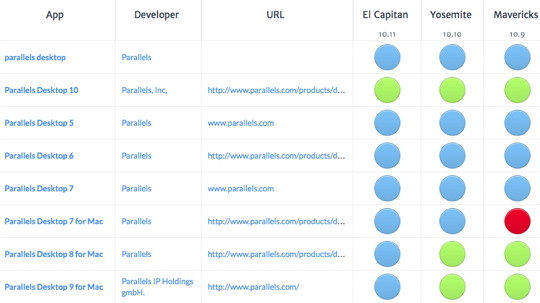

There are positives and negatives to this, but I won’t get into that.

JAVA MAC OS X EL CAPITAN INSTALL
There are many applications that use Java unbeknownst to the user because it is bundled in the application, and does not require the user to install Java on their computer. The JDK is intended for application developers, so it doesn’t make sense to automatically add the ability to launch Java applications when you install it for development. I think the recommended way to ship Java applications is to bundle the JRE with the application. Sudo mkdir -p /System/Library/Java/Support/Deploy.bundleĭon’t forget to enable SIP again after creating these directories. Sudo mkdir -p /System/Library/Java/JavaVirtualMachines/1.6.0.jdk If you’ve disabled SIP, or are not running El Capitan yet, you can trick some applications into thinking legacy Java 6 is installed by creating two folders with the following commands in Terminal:
JAVA MAC OS X EL CAPITAN HOW TO
I have written a post explaining how to disable and enable SIP. If you’re running El Capitan, this is actually a little difficult now, because Apple added SIP (System Integrity Protection) to OS X. You can have it installed without actually using it, however, it’s possible to trick the applications into thinking legacy Java 6 is installed, without actually doing so.

If it does not work, some applications require legacy Java 6 to be installed. You should be done now, so try and open the application. This will get the latest installed Java’s home directory by default, but check out man java_home for ways to easily get other Java home directories. bash_profile like Jared suggests:Įcho "export JAVA_HOME=\`/usr/libexec/java_home\`" > ~/.bash_profile The recommended way is to use /usr/libexec/java_home program, so I recommend setting JAVA_HOME in your.
JAVA MAC OS X EL CAPITAN SOFTWARE


 0 kommentar(er)
0 kommentar(er)
